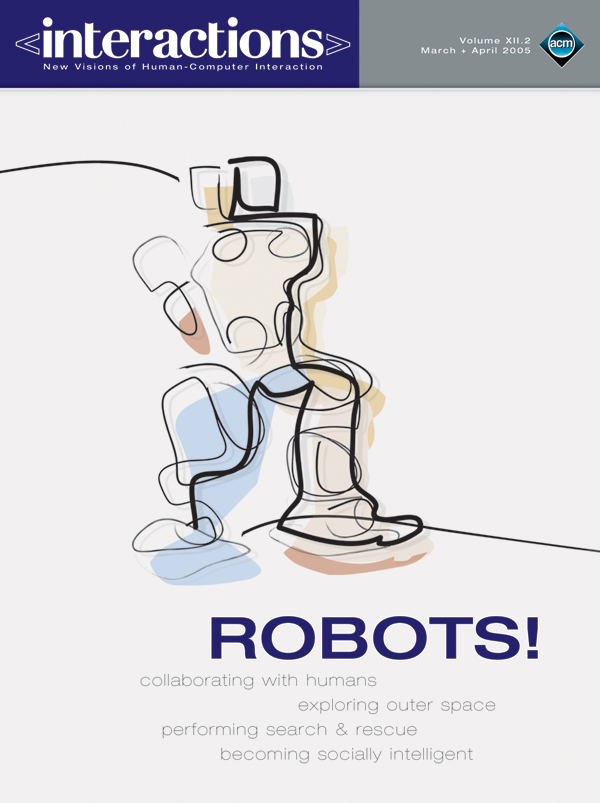Authors:
Marjorie Skubic
When people communicate with each other about spatially oriented tasks, they more often use qualitative spatial references rather than precise quantitative terms. For example, verbal instructions may include phrases such as "hand me the wrench in the top drawer of the toolbox," or "go through the double doors and turn left at the elevator." These examples include the spatial references of in, top, through, and left. Maps may also be used to provide navigation directions, but these are often hand-drawn informally as sketches. Such route maps are typically not drawn to scale but include qualitatively accurate landmark positions and…
You must be a member of SIGCHI, a subscriber to ACM's Digital Library, or an interactions subscriber to read the full text of this article.
GET ACCESS
Join ACM SIGCHIIn addition to all of the professional benefits of being a SIGCHI member, members get full access to interactions online content and receive the print version of the magazine bimonthly.
Subscribe to the ACM Digital Library
Get access to all interactions content online and the entire archive of ACM publications dating back to 1954. (Please check with your institution to see if it already has a subscription.)
Subscribe to interactions
Get full access to interactions online content and receive the print version of the magazine bimonthly.







Post Comment
No Comments Found